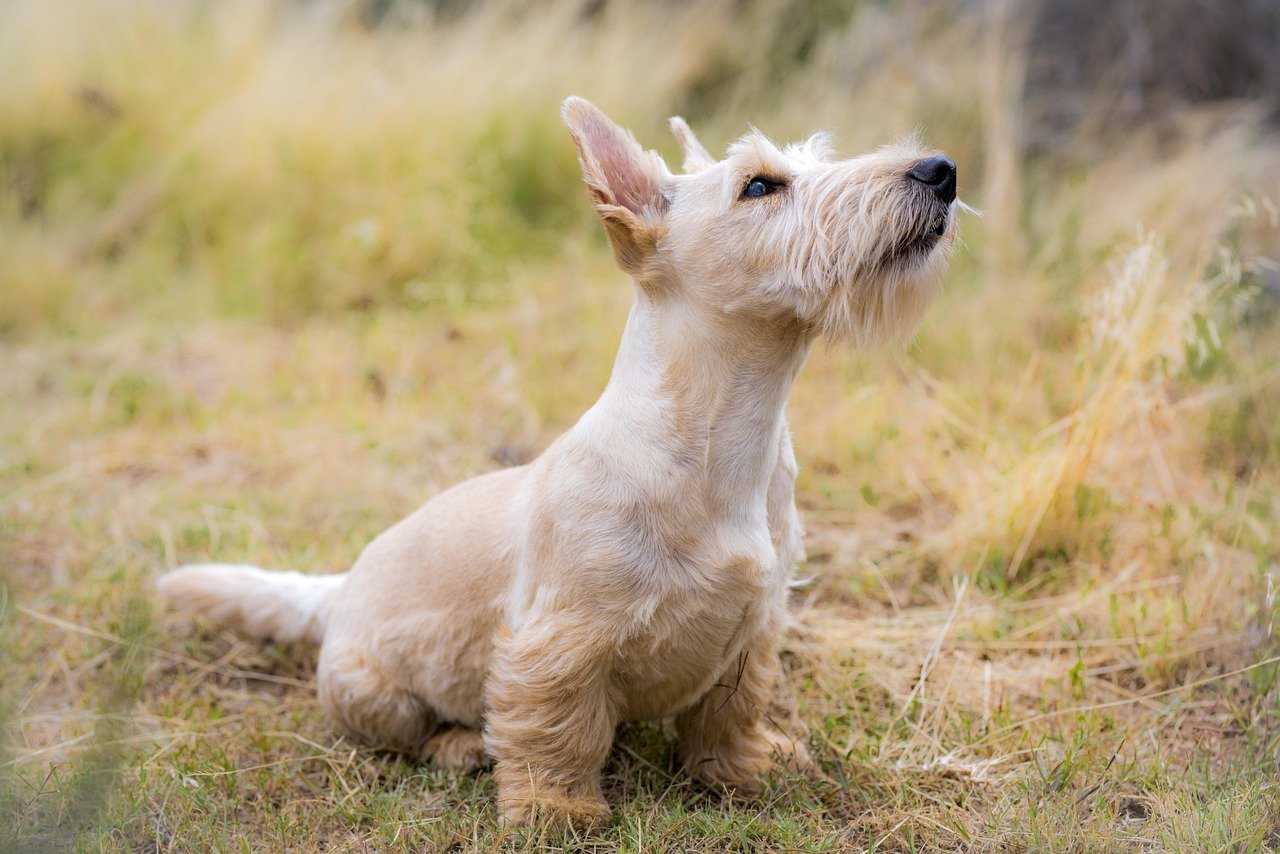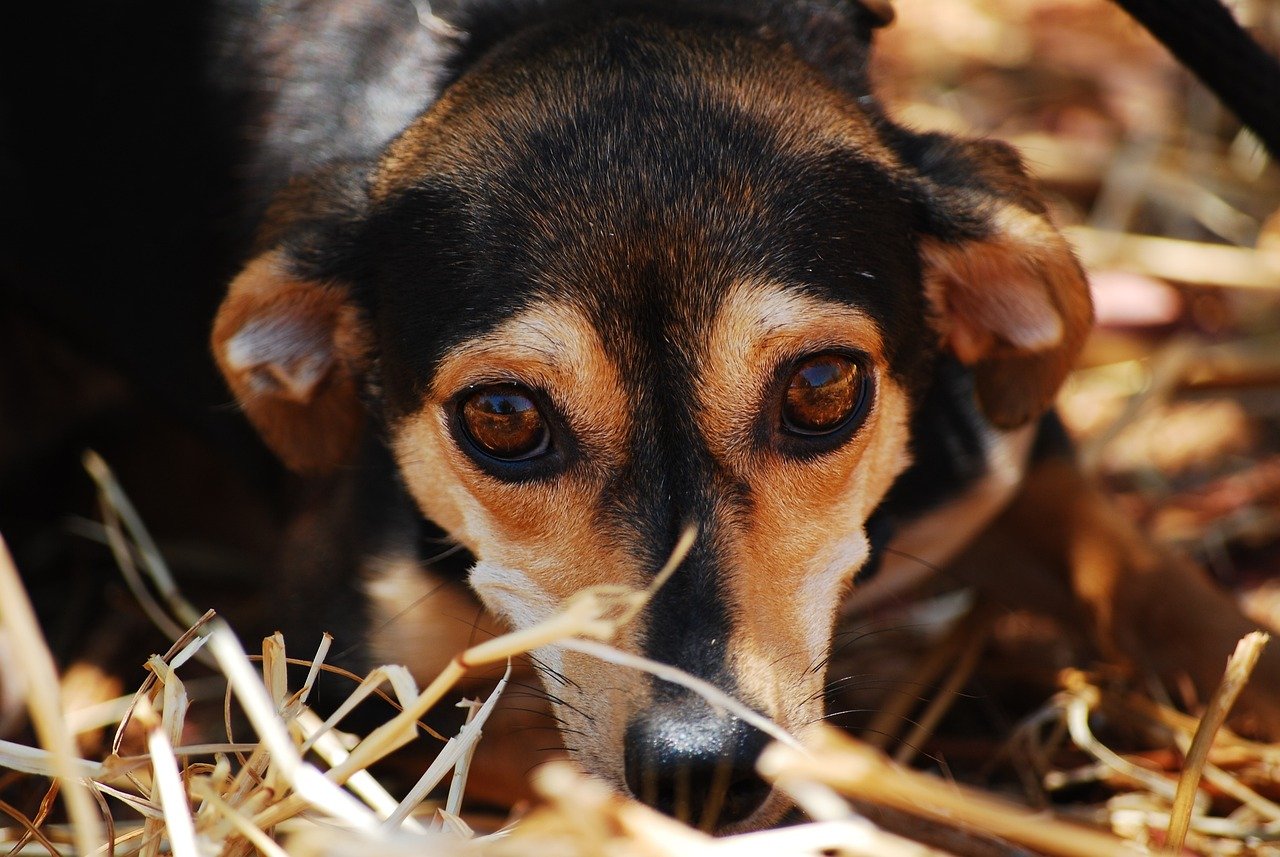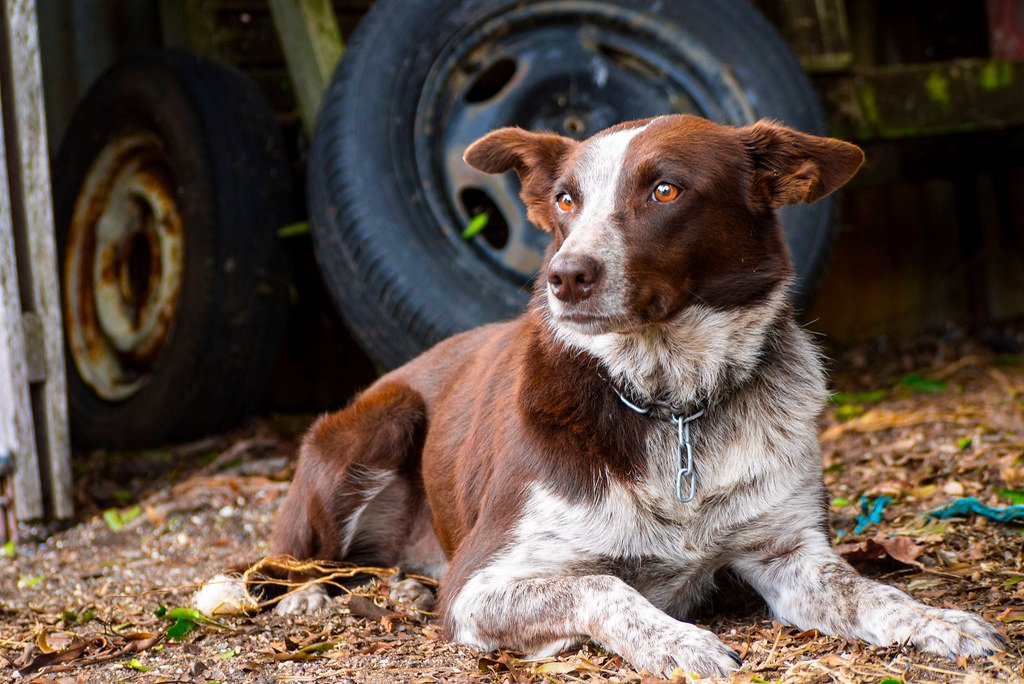Dogs have an incredible sixth sense when it comes to detecting natural disasters like tornadoes. Long before the skies darken or sirens sound, many dogs can pick up on subtle shifts in barometric pressure, static electricity, or even low-frequency rumbles. You might notice them pacing, whining, hiding, or acting out of character—these are all signs they’re sensing something unusual. Their heightened instincts come from centuries of survival-driven behavior. By paying close attention to their cues, we might get a valuable early warning ourselves. It’s a powerful reminder that our pets are often more tuned in to the environment than we are. Their behavior can teach us to trust nature—and trust them.
Nature’s Early Warning System: The Secret Power of Dogs
Have you ever noticed your dog acting strangely just before a sudden storm? It’s almost as if they have a secret window into the future—a sixth sense. This isn’t just a quaint story from pet owners; it’s something that has caught the attention of scientists and weather experts alike. Dogs have an uncanny ability to detect changes in their environment before humans even sense a thing. They become restless, whine, hide, or seek comfort long before we see dark clouds gathering. Sometimes, their behavior shifts hours before a tornado is even visible on the horizon. This incredible awareness is both awe-inspiring and, frankly, a little spooky.
For generations, people have relied on animals to warn them of danger. Your dog’s odd behavior isn’t just a quirk; it’s a living, breathing alarm system. If you pay attention, you may notice that your pup knows something’s up long before the weather app sends out an alert. These moments remind us that, for all our technology, sometimes the best warning comes with four paws and a wagging tail. When your dog acts out of character, take note—they might just be telling you something vital.
Super Senses: How Dogs Read the Air

Dogs have senses that put ours to shame. Their noses are so powerful that they can sniff out scents at parts per trillion. That means they can detect chemical changes in the air long before we notice anything unusual. Before a tornado hits, the atmosphere becomes heavy, and dogs can pick up on the faintest whiffs of ozone or the earthy scent released from disturbed ground. Their acute hearing also lets them catch the distant rumble of thunder or the low-frequency sounds produced by tornadoes, called infrasound.
Imagine having a built-in radar that never sleeps. That’s your dog. While we need weather reports and alerts, our dogs are tuned into the smallest shifts in sound, smell, and even barometric pressure. This gives them an edge in reacting to environmental changes. If your dog starts pacing, whining, or acting agitated without a clear reason, it might be a response to these natural signals. They’re not just being dramatic—they’re sensing the world on a whole different level.
Behavioral Clues: What Your Dog Might Do

It’s easy to dismiss a dog’s restlessness as boredom or anxiety, but when the weather’s about to turn, their behavior becomes a roadmap for those who know how to read it. Dogs might suddenly hide under beds, paw at doors, or refuse to go outside. Some seek extra cuddles, while others become hyper-alert, watching and listening with laser focus. These changes can happen minutes or even hours before a tornado.
For families with dogs, these behavioral shifts can be the first sign that something’s not right. Sometimes, a normally calm dog becomes clingy and won’t let you out of their sight. Others may bark incessantly at nothing in particular, as if trying to warn you. That’s why it’s so important to pay attention to these subtle cues. If your dog is acting out of character, don’t ignore it—it could be your very own natural weather alert system.
Why Dogs Are Better Than Technology (Sometimes)

No matter how advanced our tornado warning systems become, there’s something special about the way dogs sense danger. Technology relies on data, sensors, and algorithms, but dogs rely on instincts honed over thousands of years. While radar and sirens are crucial for public safety, dogs can offer a personal, immediate heads-up that’s impossible to replicate with electronics.
Have you ever seen your dog react before your phone buzzes with a weather alert? That’s because their bodies react instantly to changes around them, without the need for analysis. When seconds matter, a dog’s instinctive warning can make all the difference. If you’re lucky enough to share your life with a canine companion, you have access to a living, breathing early warning system—one that cares deeply about your safety.
What You Can Learn From Your Dog’s Instincts

There’s a powerful lesson in the way dogs react to tornadoes. Unlike humans, dogs don’t second-guess their instincts. When they sense something’s wrong, they act—whether it’s seeking shelter, alerting their humans, or simply refusing to go outside. They don’t get bogged down by skepticism or doubt. Instead, they trust what their bodies are telling them.
This is something we can all learn from. When faced with uncertainty, it’s easy to ignore gut feelings or brush off early signs. But paying attention to your instincts—especially when paired with your dog’s behavior—can help you stay safer. Next time your dog acts strange, don’t just chalk it up to nerves. Take a moment to read the signs and be ready to react. Sometimes, trusting your instincts can make all the difference.
How to Spot the Warning Signs in Your Own Dog

Every dog is different, and not all pups will react the same way to approaching storms. Some bark nonstop, others hide, and some just stick to your side like glue. The key is knowing what’s normal for your dog, so you can spot changes quickly. Look for sudden shifts in energy, unusual vocalizations, or new hiding spots. Even small behaviors—like licking lips, yawning excessively, or trembling—can be clues.
It helps to keep a mental note (or even a journal) of your dog’s typical reactions to different weather events. Over time, you’ll start to notice patterns. Maybe your dog always gets anxious an hour before a storm, or perhaps they alert you only when things are serious. Once you know what to look for, you’ll be better prepared to take action—and you might just outsmart the next tornado warning.
Preparing a Tornado Safety Plan With Your Dog in Mind

If you live in a tornado-prone area, having a safety plan that includes your dog is essential. Start by identifying the safest place in your home, such as a basement or an interior room without windows. Make sure your dog is comfortable in this spot—practice bringing them there during calm weather, so it feels safe and familiar. Stock your shelter with water, pet food, and a leash or carrier.
Consider making an emergency kit just for your pet. Include their favorite toy, a blanket, any medications, and a current photo in case you get separated. When your dog starts displaying warning signs, don’t hesitate—move to your safe spot right away. By listening to your dog and having a plan, you’ll be ready to act quickly and protect your furry family member from harm.
Teaching Your Family to Listen to the Dog

Dogs are often the unsung heroes in emergency situations. But their warnings only help if everyone in the family knows to listen. Make sure your household understands what your dog’s storm signals look like. Talk with your kids about why the dog might act differently and how that could mean danger is approaching. Use your dog’s behavior as a teaching tool, turning it into a family safety ritual.
You can even make a fun game of “spot the warning signs,” so everyone learns to pay attention. Over time, your family will become more attuned not only to your dog but also to subtle changes in your environment. This shared awareness can make everyone safer and turn your dog into a true partner in storm preparedness. Sometimes, the best teacher is the one wagging a tail at your feet.
Stories of Dogs Who Saved Lives During Tornadoes
Across the world, there are countless stories of dogs saving lives during tornadoes. Some have woken their families in the middle of the night, barking furiously until everyone moved to safety. Others have physically dragged their owners to shelter just moments before disaster struck. These stories are both heartwarming and humbling, showing the depth of the bond between dogs and their humans.
One family in Oklahoma once credited their golden retriever with saving their lives—she started barking and scratching at the basement door before any official warnings. Another tale tells of a small terrier who refused to leave his owner’s side, eventually leading her to safety just in time. These acts of loyalty and bravery remind us that dogs are more than pets—they’re family, and sometimes, our rescuers when we need them most.
Practical Tips: Harnessing Your Dog’s Tornado Sense
So how can you make the most of your dog’s remarkable abilities? Start by staying calm and observant. If your dog starts acting unsettled, don’t brush it off. Check weather alerts, gather your emergency supplies, and be ready to move. Train your dog to obey basic commands, so you can quickly guide them to safety when needed. If you have multiple pets, create a plan for getting everyone to your shelter area quickly.
During storms, keep your dog on a leash or in a carrier to prevent them from panicking and running away. Reward their good behavior and reassure them with gentle words and pets. Most importantly, trust your dog’s instincts. By combining their natural abilities with your preparedness, you’ll give your whole family—including your four-legged friends—the best chance of weathering any storm safely.
So, the next time your dog starts acting oddly before a storm, don’t brush it off—it could be their natural warning system kicking in. Dogs often sense danger before we can, thanks to their sharp instincts and keen perception. By learning to read their signals, we can stay safer and more prepared during severe weather. Our furry friends aren’t just loyal companions—they’re surprisingly wise protectors, too.

Linnea is a born and bred Swede but spends as much time as possible in Cape Town, South Africa. This is mainly due to Cape Town’s extraordinary scenery, wildlife, and atmosphere (in other words, because Cape Town is heaven on earth.) That being said, Sweden’s majestic forests forever hold a special place in her heart. Linnea spends as much time as she can close to the ocean collecting sea shells or in the park admiring puppies.






